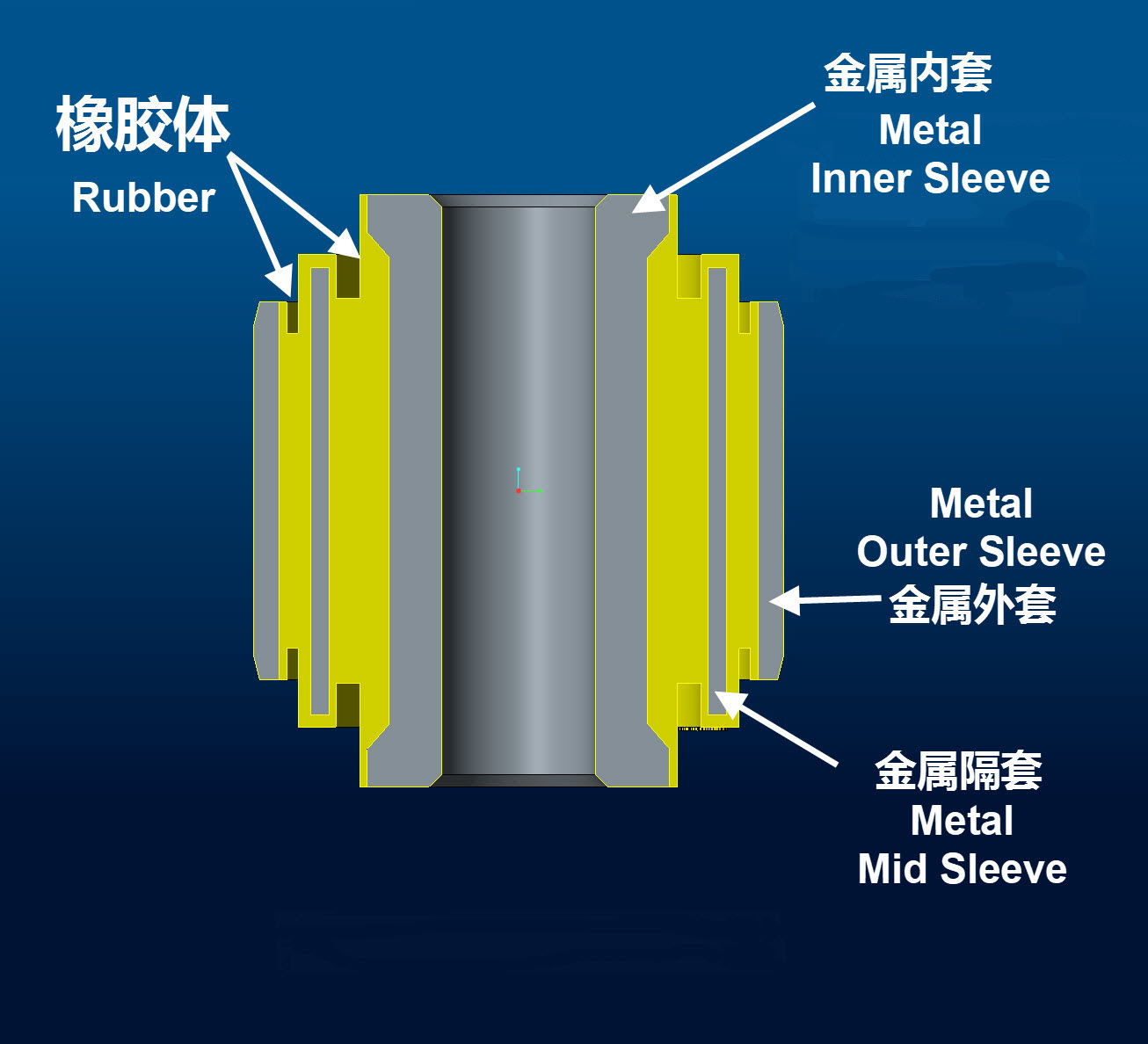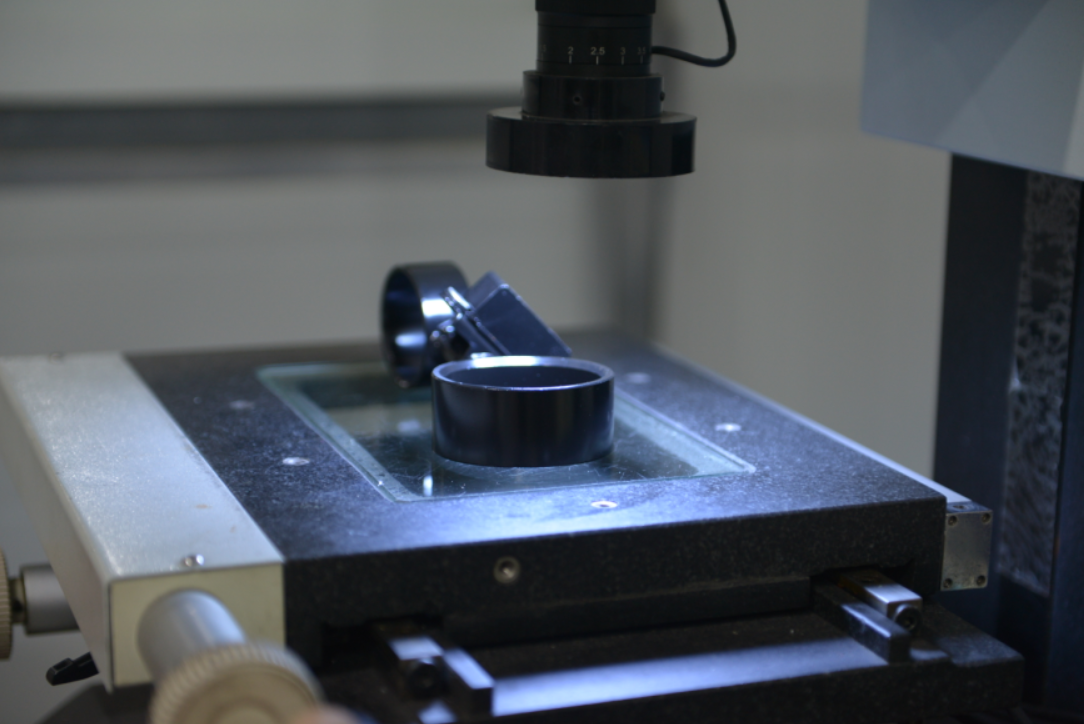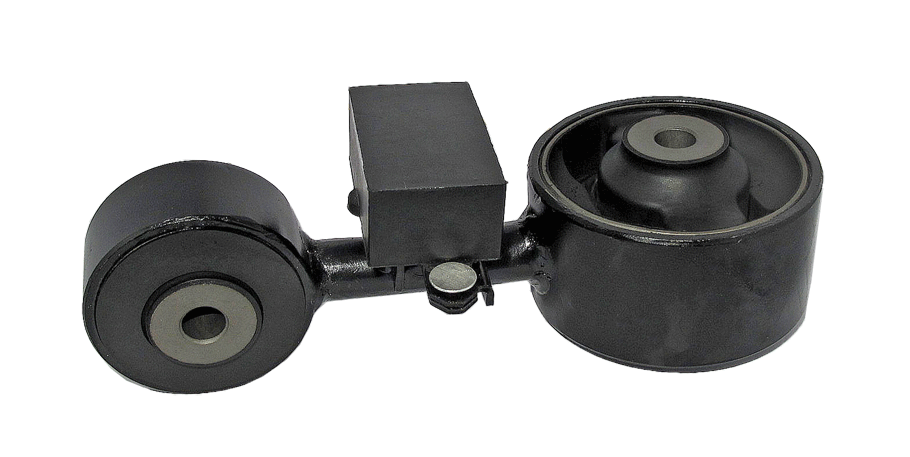 English
English Español
Español  русский
русский  日本語
日本語  Português
Português  Français
Français  Deutsch
Deutsch  tiếng Việt
tiếng Việt  Italiano
Italiano  Nederlands
Nederlands  ภาษาไทย
ภาษาไทย  Polski
Polski  한국어
한국어  Svenska
Svenska  magyar
magyar  Malay
Malay  বাংলা ভাষার
বাংলা ভাষার  Dansk
Dansk  Suomi
Suomi  हिन्दी
हिन्दी  Pilipino
Pilipino  Türkçe
Türkçe  Gaeilge
Gaeilge  العربية
العربية  Indonesia
Indonesia  Norsk
Norsk  تمل
تمل  český
český  ελληνικά
ελληνικά  український
український  Javanese
Javanese  فارسی
فارسی  தமிழ்
தமிழ்  తెలుగు
తెలుగు  नेपाली
नेपाली  Burmese
Burmese  български
български  ລາວ
ລາວ  Latine
Latine  Қазақша
Қазақша  Euskal
Euskal  Azərbaycan
Azərbaycan  Slovenský jazyk
Slovenský jazyk  Македонски
Македонски  Lietuvos
Lietuvos  Eesti Keel
Eesti Keel  Română
Română  Slovenski
Slovenski  मराठी
मराठी  Srpski језик
Srpski језик
How is rubber bonding to metal?
2021-01-21
Rubber bonding to metal is a means by which rubber is mechanically bonded to a metal insert during the molding process.

Step 1:Preparation
To begin the bonding process, the metal inserts are first prepped for production using a degreasing system toremove the parts of any contaminants such as dust, oil, rust, etc. before the adhesive is applied. Next, the heat activated adhesive is applied to the metal inserts or outside using a technique similar to spray painting. Once the metals are prepared, they are ready for production.

Step 2:Bonding Process
Once the metal inserts or outside are prepared, they are then physically placed, one at a time, into each cavity of the mold. For inserts on the top of a part, special magnets are incorporated into the mold to hold them in place while the mold is being loaded. For inserts being encapsulated into the rubber, special chaplet pins are incorporated into the mold to suspend the insert in the mold and allow the rubber to flow around the metal.
Once the metal inserts are in place, the normal rubber molding process commences. After the mold is closed, and the molding begins, the adhesive on the metals is activated, allowing the metal to bond to the rubber.

Application Rubber to Metal Bonded Parts
Typical applications for rubber bounded metal include any part requiring the flexibility of rubber and the stability of a metal. Applications range from bonding natural rubber and butyl to metals like steel and aluminum. Components ranging in size from small mounts for motors to large locomotive suspension parts are just a sampling of rubber to metal bonded parts produced using this process.
-
E-mail
-
Call Us
-
Address
No.17, Huli Park, Tongan Industrial Concentration Area, Xiamen 361100 China
For inquiries about stabilizer bushing, dust cover, horse rubber parts or price list, please leave your email to us and we will be in touch within 24 hours.




